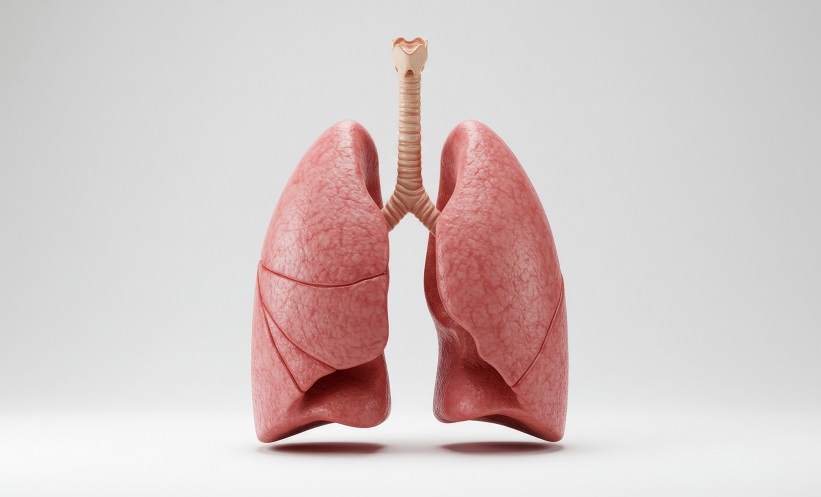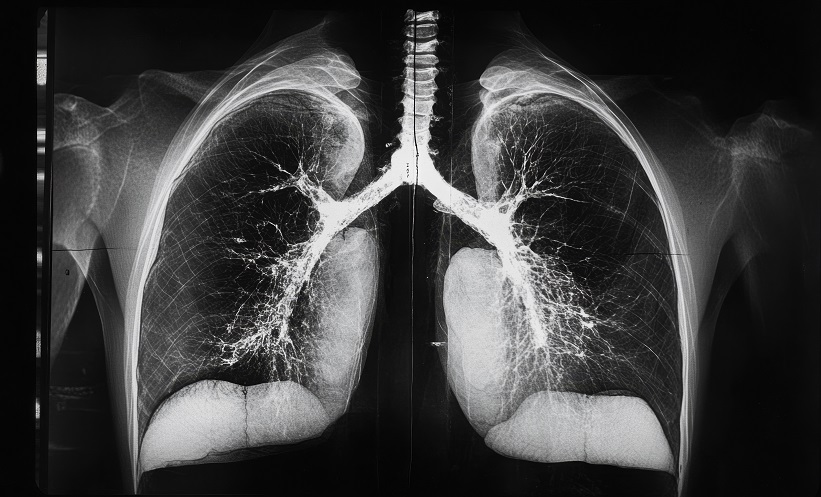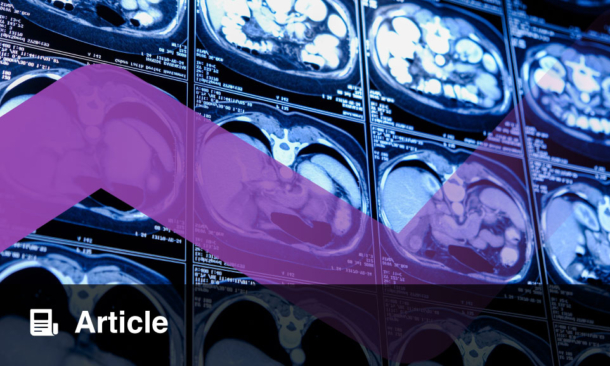POSTPARTUM haemorrhage (PPH) continues to be the leading cause of maternal mortality worldwide, posing significant challenges in clinical management. Traditional approaches focus on quantifying blood loss, yet recognising cases resistant to standard treatments remains difficult, often delaying life-saving interventions. A recent study aimed to determine the prevalence of treatment-resistant PPH characterised by arterial contrast extravasation on dynamic computed tomography (CT), termed PRACE, and its association with the need for further interventions.
The retrospective case-control study was conducted across 43 tertiary care facilities in Japan, including 30 university hospitals, throughout 2021. The study included 352 patients diagnosed with severe PPH, defined by blood loss exceeding 2000 mL or requiring more than 10 units of red blood cell transfusion. Data analysis was carried out between September 2023 and November 2024. Patients underwent dynamic CT imaging to identify PRACE, with subsequent evaluation of clinical outcomes, including the requirement for uterine artery embolisation (UAE). Multivariable logistic regression assessed associations between PRACE presence, PPH severity, and intervention needs.
Out of 352 patients, 205 (58.2%) received CT scans, with PRACE detected in 58 cases (32.2%). Those with PRACE experienced significantly greater total blood loss (median 3455 mL versus 2500 mL in non-PRACE patients) and exhibited a markedly higher rate of UAE requirement (86.2% versus 28.7%). Statistical analysis revealed PRACE as a strong predictor for the necessity of UAE, with an odds ratio of 27.74 (95% CI: 10.52–83.14). These results indicate that PRACE is a distinct and relatively common feature in severe PPH, strongly linked to treatment resistance and the need for interventional radiological procedures.
In conclusion, the study highlights PRACE as an important marker for treatment-resistant postpartum haemorrhage and underscores the clinical value of dynamic CT imaging in identifying such cases. Incorporating CT diagnostics could enhance early recognition and guide timely intervention, potentially improving maternal outcomes. Limitations include the retrospective design and data restricted to tertiary centres in Japan, which may affect generalisability. Future prospective studies should evaluate how integrating CT imaging into routine PPH management pathways impacts clinical practice and patient survival.
Reference
Yamaguchi M et al. Dynamic Computed Tomography Findings as Indicators of Uterine Artery Embolization in Postpartum Hemorrhage. JAMA Netw Open. 2025;DOI: 10.1001/jamanetworkopen.2025.12209.








